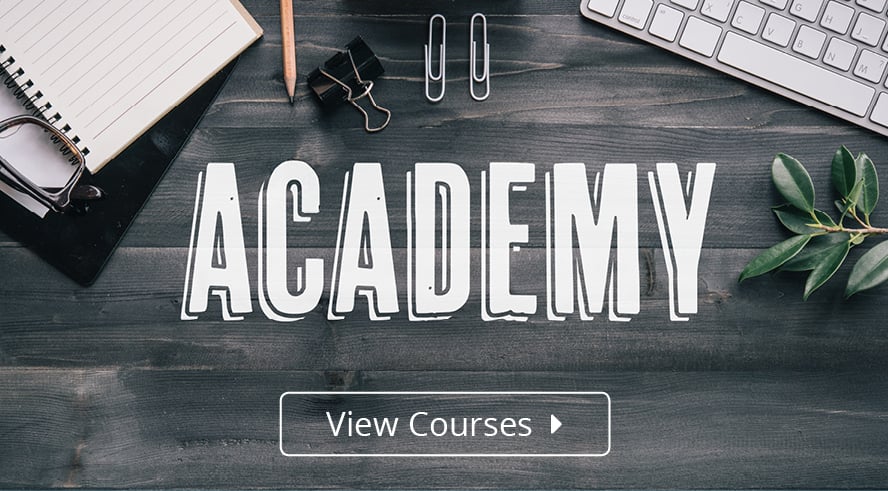The book editing process is highly personal and it's important to know what you're getting into before you begin. Here are a few frequently asked questions about the book editing process to help authors better understand what to expect.
1. What’s the First Step to the Editing Process?
After self-editing, the first step of the editing process is an editorial review. The goal of this review is to determine the level of editing a manuscript needs before it’s ready to be published. There are several different types of edits and some manuscripts will need them all, but some won't, so this first step will help determine which edits would be most useful for your manuscript.
2. How Long Does it Take?
Your editorial review should be returned within seven business days, but every editor is different, so you'll have to work out your agreement based on who you're working with. Beyond the editorial review, when it comes to editing, a good rule of thumb—whether it’s a round of content editing or copyediting—is two weeks for every 50,000 words. Between rounds you’ll be given time to review your manuscript.
3. How Much Does it Cost?
With some editors, there’s no charge for an editorial review. A one-pass copyedit can range from $0.03 - $0.19 per word and a two-part content edit can range from $0.045 - $0.60 per word.
4. Does an Author Have to Accept Every Change an Editor Makes?
Many editors use Microsoft Word’s “track changes” feature to edit manuscripts; they also insert editorial comments throughout the manuscript. It’s up to you whether or not to accept or reject any given “track change” edit. There are common writing mistakes you should avoid at all costs, but there's also a time when you can make a case for your writing intuition to win out over structure.
5. Is Book Editing Important?
If you’re printing a book of childhood poems for your mother, she’ll likely get a kick out of your misspellings and grammatical shortcomings; on the other hand, if you want to sell books and be taken seriously then, yes, editing and proofreading are essential.
6. Is Professional Editing Important?
If your goal is to have a revenue stream from the sale of your book then, yes, you need an impartial and trusted editor. What our experience tells us is this: no manuscript is perfect; every writer needs editing; and, if you want to be a professional writer, then it’s important to work with a professional editor.
7. When It Comes to Editing Does Genre Make a Difference?
Yes. Many book editing services make a distinction between fiction and nonfiction editors with the editors further specializing in specific genres from there. This isn’t to say an editor whose niche is fantasy won’t be able to edit a mystery, just that they know their editors’ strengths. This is an important distinction. One editor’s wheelhouse may contain self-help, fashion, and food; another might handle the bulk of an editing service's YA books; another’s specialty could be science fiction; still another may work primarily with memoirs. The initial goal when working with a book editing service is that your manuscript is paired with a specific editor during the editorial review. It's a bit like a dating site. Here’s another good analogy: when you have a toothache, you see a doctor; but, not just any doctor, you see a dentist—and that’s how specialized your editor should be as well. You'll want to match your book project to an editor according to subject matter, genre, style, and timing.
8. What is an Editorial Style Guide?
A style guide is a set of grammar rules and standards applied to manuscripts or published documents that allows for consistency among published works. Since language is a personal form of expression where rules can be applied in different ways, a style guide gives editors a specific point of reference to review your work and offers you an accepted editorial standard for your manuscript. Style guides can allow for differences based upon preferences of individual publishing houses.
9. Is There Such a Thing as 100 Percent Accuracy in Editing and Proofreading?
No. Editing and proofreading accomplish different things. A content editor focuses on a manuscript’s overall structure, whereas a copyeditor focuses on things like grammar, spelling, and punctuation. It’s always best to follow a content edit with a copyedit, just as it’s always best to follow a copyedit with proofreading. You’ll likely review a manuscript’s edits using track changes. Inherently there’s a margin of error, not necessarily on the side of the copyeditor but also by your reviewing the copyeditor’s edits. When it comes to proofreading, a final proofread is always recommended, preferably on a galley copy or ARC (advanced reader copy).
There’s a relatively new ecosystem in publishing now that self-publishing is so widely accepted and quickly becoming a preferred method of publication; editors take their role in it very seriously. Ultimately, they help authors and publishers create exciting books that are welcomed—and competitive—in the marketplace.












